If you unravel k to a m^2 vector and unroll X, you would then get:
- a
m**2 vectork
- a
((n-m)**2, m**2) matrix for unrolled_X
where unrolled_X could be obtained by the following Python code:
from numpy import zeros
def unroll_matrix(X, m):
flat_X = X.flatten()
n = X.shape[0]
unrolled_X = zeros(((n - m) ** 2, m**2))
skipped = 0
for i in range(n ** 2):
if (i % n) < n - m and ((i / n) % n) < n - m:
for j in range(m):
for l in range(m):
unrolled_X[i - skipped, j * m + l] = flat_X[i + j * n + l]
else:
skipped += 1
return unrolled_X
Unrolling X and not k allows a more compact representation (smaller matrices) than the other way around for each X - but you need to unroll each X. You could prefer unrolling k depending on what you want to do.
Here, the unrolled_X is not sparse, whereas unrolled_k would be sparse, but of size ((n-m+1)^2,n^2) as @Salvador Dali mentioned.
Unrolling k could be done like this:
from scipy.sparse import lil_matrix
from numpy import zeros
import scipy
def unroll_kernel(kernel, n, sparse=True):
m = kernel.shape[0]
if sparse:
unrolled_K = lil_matrix(((n - m)**2, n**2))
else:
unrolled_K = zeros(((n - m)**2, n**2))
skipped = 0
for i in range(n ** 2):
if (i % n) < n - m and((i / n) % n) < n - m:
for j in range(m):
for l in range(m):
unrolled_K[i - skipped, i + j * n + l] = kernel[j, l]
else:
skipped += 1
return unrolled_K











